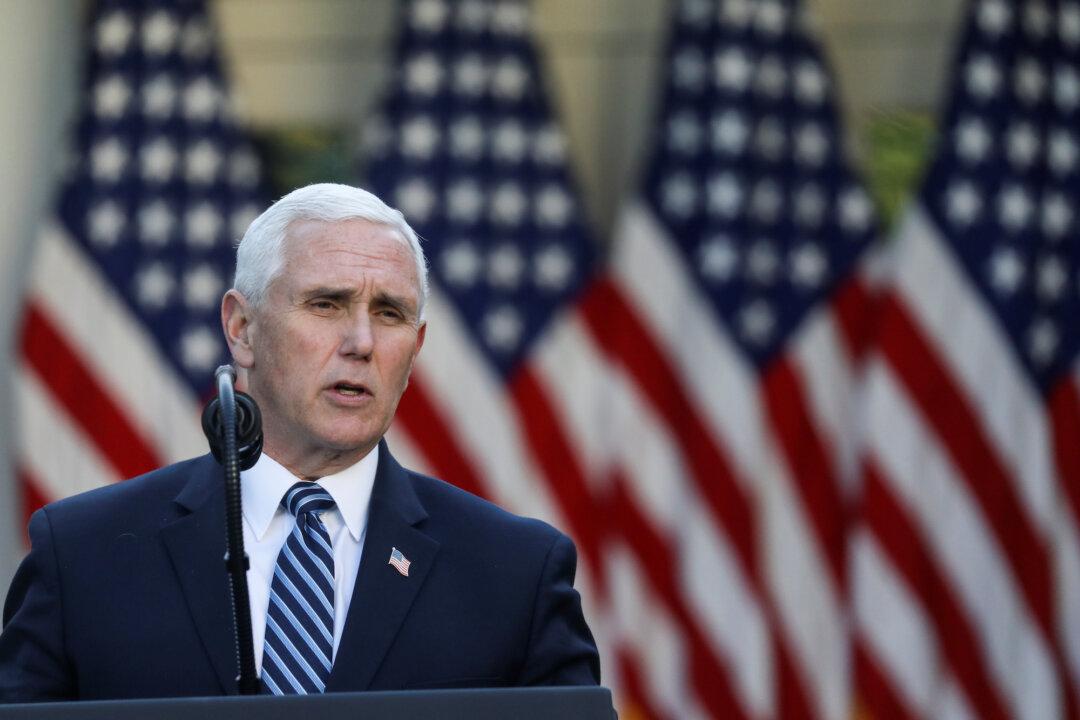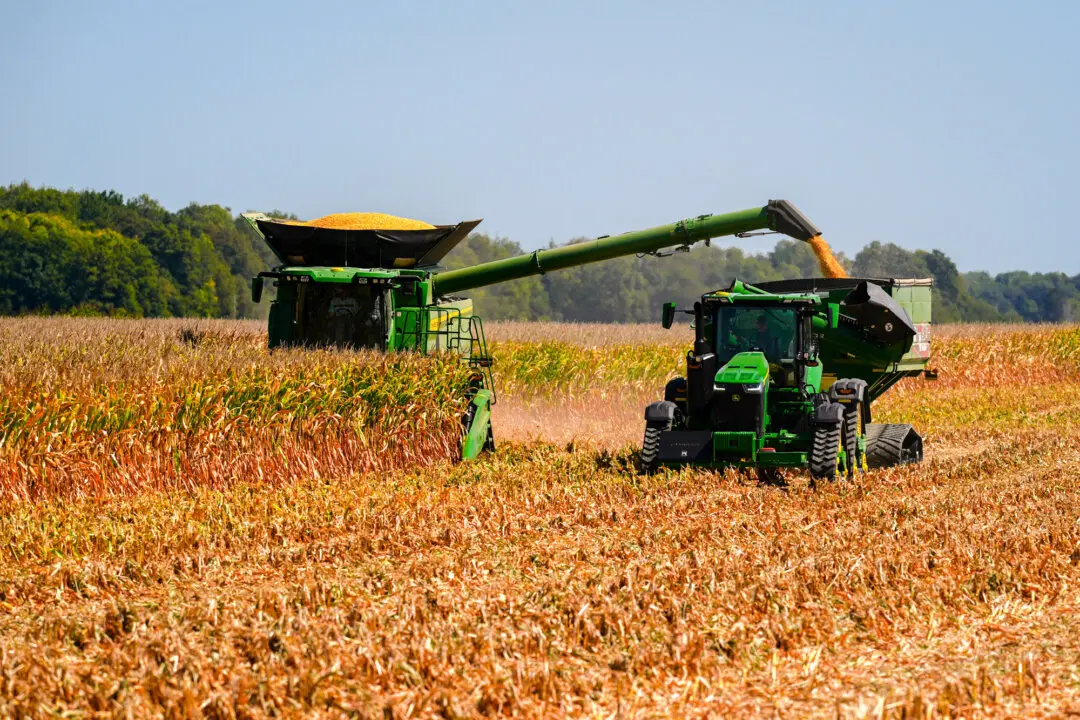White House officials said April 17 that states have enough COVID-19 tests to proceed to phase one of the Trump administration’s plan to restart the economy.
Vice President Mike Pence told reporters at a briefing of the White House coronavirus task force that “our best scientists and health experts assess that states today have enough tests to implement the criteria of phase one if they choose to do so.”





